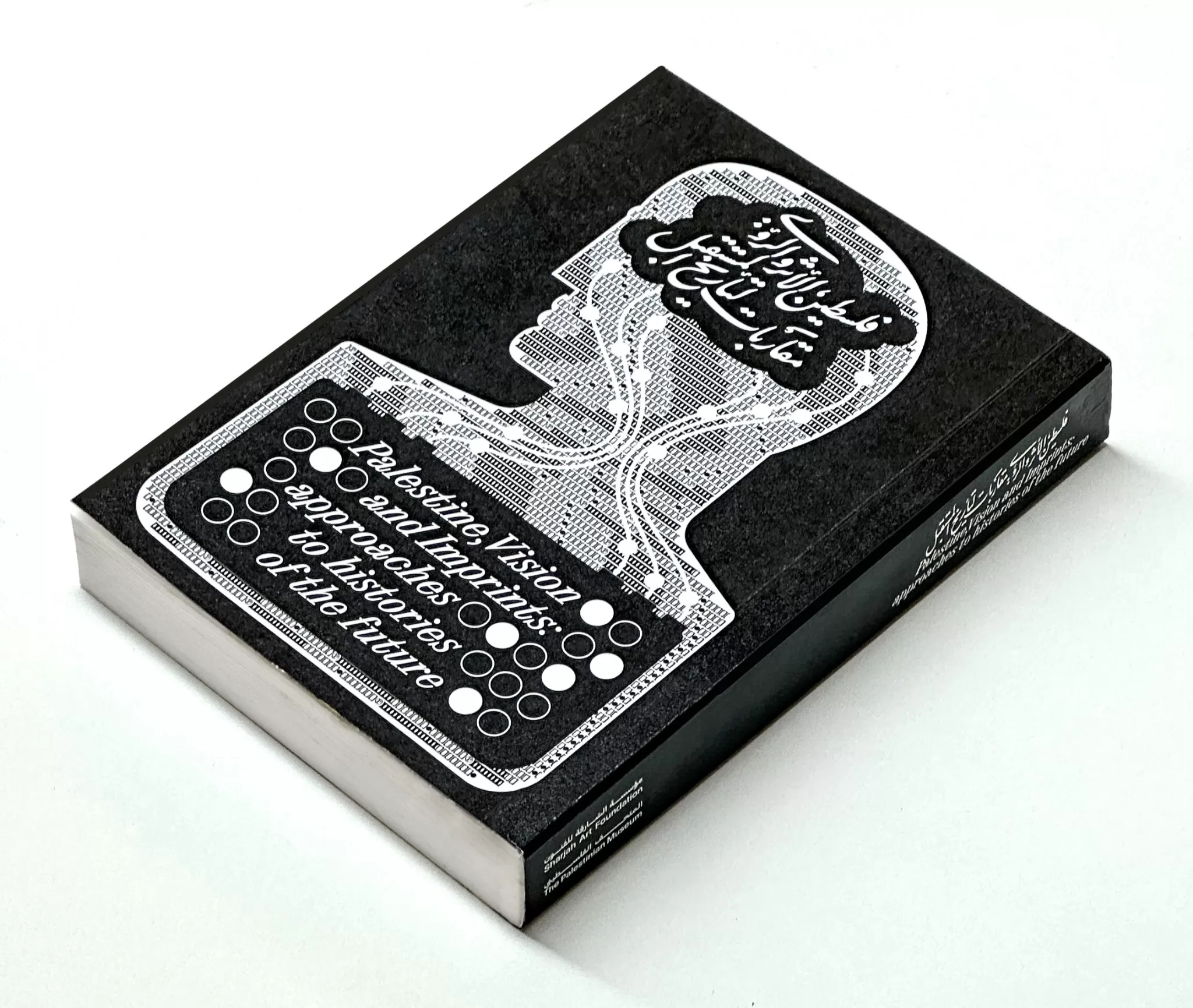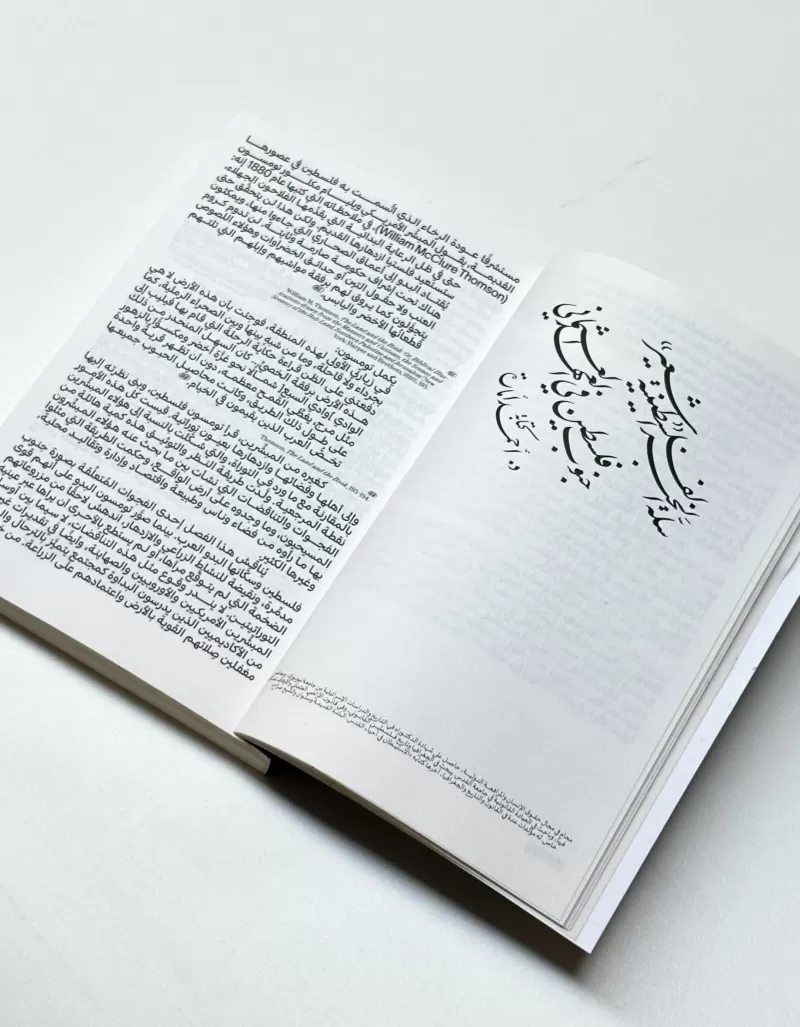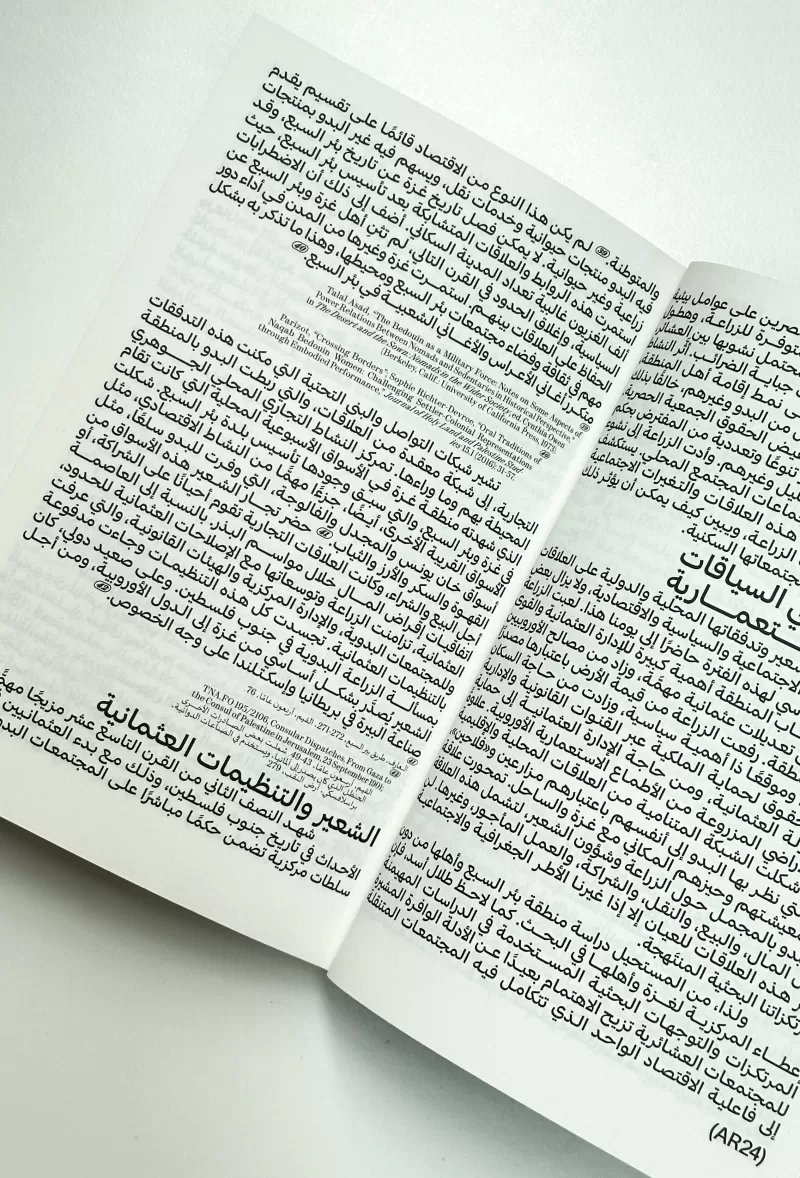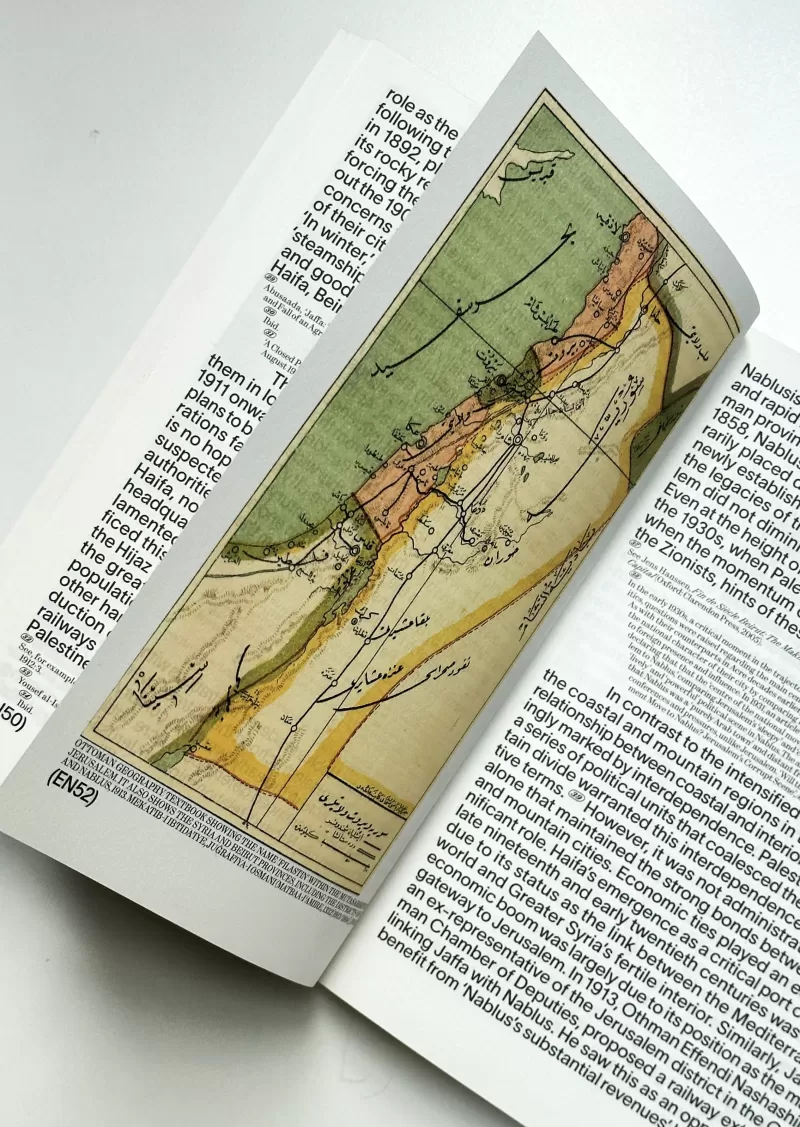
Ramallah – The Palestinian Museum announces the launch of its latest research publication entitled Palestine, Vision and Imprints: Approaches to Histories of the Future. This collective volume brings together a series of studies produced by Palestinian researchers within the framework of the research grants program Spanning Palestinian Cultural History: New Perspectives, which the Museum initiated in 2020 with generous funding from Ghalia and Omar Al Qattan, and as part of its 2019–2023 strategy.
This publication reflects the Museum’s commitment to generating and disseminating knowledge about Palestine, fostering intellectual and community engagement, and addressing critical gaps in the cultural history of Palestinians. The book emerged from research papers first presented at the Palestinian Museum’s 2022 conference Spanning Palestinian Cultural History: New Perspectives, which were subsequently expanded into full-length scholarly chapters, seeking to reread Palestinian history and envision its cultural future.
The book is organized around three central thematic axes, each linked to exhibition projects organized by the Museum in recent years. The first axis, The History of the Palestinian Coast from the Late Ottoman Period to the Present, includes Ahmad Amara’s in-depth historical study Palestine’s Bread Basket: (The Barley of) Ottoman Southern Palestine; Nadi Abusaada’s exploration of the modern transformations of Palestinian geography between the sea and the mountains; and Abbad Yahya’s analysis of the shifting role of Yaffa from a distinctive city to a new urban destination within the broader transformation of Ramallah.
The second axis, The History of Printing in Jerusalem, revisits Adey Almohsen’s study of little magazines and literary criticism in Jordanian Jerusalem, alongside Ahmad Izzedin Assad’s research on the political life of printing in Jerusalem between 1972 and 1993, revealing the role of print culture in shaping both cultural and political resistance.
The third and final axis, New Visions of Contemporary Palestinian Culture, presents Jamal Nabulsi’s essay “They Have Lived in Me”: Struggling over Graffiti Commemorations for Basel al-Araj, which traces the impact of living memory in public space, and Leila Abdelrazaq’s study Rifts in Palestinian Spacetime: Palestinian Futurisms and Imagining Liberation Beyond the Nation-State, which critically examines how Palestinian artists and writers contribute to reimagining liberation through futurist perspectives that extend beyond the framework of the nation-state.
The volume opens with a theoretical introduction by Rania Jawad, PhD, which situates the chapters within their broader research context. Jawad also served, alongside Johnny Mansour, PhD, and Mahmoud Yazbak, PhD, on the research grants committee, guiding the researchers in the development of their projects into comprehensive academic chapters.
The preparation of this book was generously funded by Ghalia and Omar Al Qattan. Its design, printing, and distribution were carried out by Studio 40 Independent, commissioned and supported by the Sharjah Art Foundation.
The Palestinian Museum is an independent, non-governmental cultural institution dedicated to fostering an open and dynamic Palestinian culture on both local and international levels. It contributes to the production and presentation of new narratives about Palestinian history, culture, and society. The museum also provides a space for creative projects, educational programs, and innovative research, making it one of Palestine’s most significant contemporary cultural initiatives.



